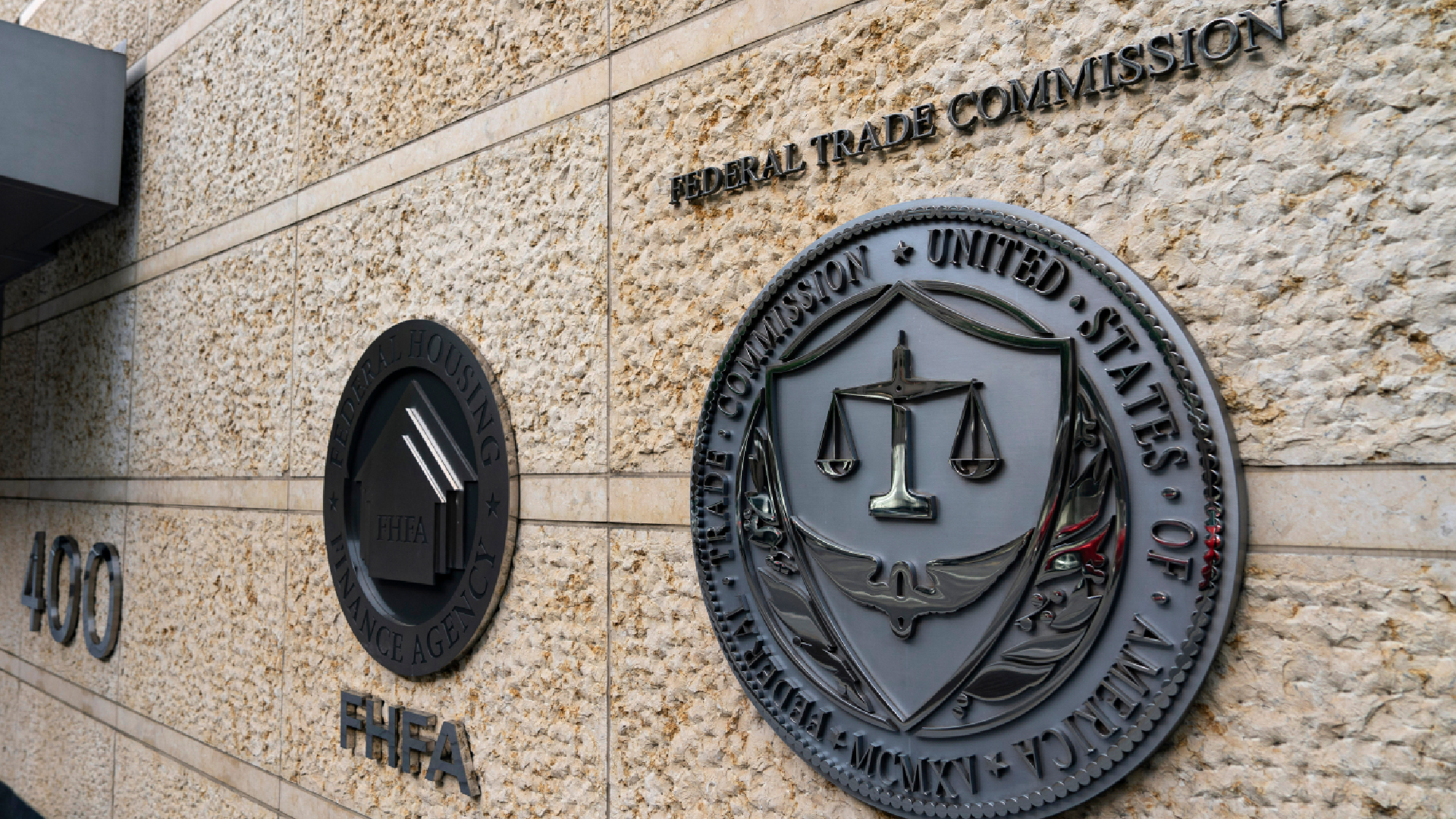
If you’re an avid streamer – or a viewer – you’ll be at least somewhat aware of Twitch’s struggles in the last year. From ‘hate raids’ to a plague of bots, and from a dismissive corporate attitude to a mass exodus of top users, Twitch has found itself in hot water on numerous occasions. However, in an attempt to mitigate the trouble caused by at least some of these issues, Twitch has admittedly worked relatively hard to introduce new security and safety features – like the upcoming ‘shared ban’ system.
As the platform has experienced something of a stream viewership drop in recent months, it certainly needs as much development action as possible.
What Is The ‘Shared Ban’ Feature?
Reportedly, Twitch is preparing to roll out a shared ban feature that will enable streamers to ‘share lists of banned users’ between one another. This feature was previewed somewhat in a recent tech demo designed to shed light on another upcoming system known as Guest Star, which permits streamers to host guest appearances while on-stream. With the shared ban feature, it may be possible for streamers to give a ‘heads-up’ to other content creators, letting them know who they have already banned.
For the time being, it seems that the shared ban feature is tied in directly with the Guest Star system. In this tech demo, the term ‘shared ban’ was revealed via ways of a tag that was associated with a particular user. It was joined by the likes of ‘serial harasser’, ‘suspicious user’ and ‘possible ban evader’. At the moment, Twitch itself will notify a streamer if a user interacts with their stream who may already be classed as a possible ban evader.
Could This Feature Backfire?
However, there are obvious difficulties with the ‘shared ban’ tag that may cause a little controversy further down the line. For instance, let’s say a user is banned from a stream as a joke – because it does happen. In some cases, streamers set a ‘channel point reward’ that allows one user to ‘ban another’ for something like 24 hours. Now, let’s say that a user enters another streamer’s broadcast, and as a result of the flag, they end up being banned there, also.
Dr Disrespect was banned on Twitch in 2020, and nobody knows why
Furthermore, if streamers are allowed to tag users with reasons as to why they’re banned, it could lead to the feature being abused. Here’s another working example: Streamer A has a negative experience with User A, and Streamer A has tens of thousands of followers. If Streamer A bans User A and labels them with a malicious tag, Streamers B, C, D, all the way through to Z could also do the same thing, effectively ostracizing User A against their will.
While we’re all in favour of new security features, it seems that this one could be abused quite easily. At the worst end of the spectrum, we could see streamers demanding that viewers start donating on Twitch, or else they’ll blackball them across the platform by sharing their banned status.
We’re not saying that will happen, but it could impact users very negatively. For instance, Twitch is one of the top esports streaming platforms, and if account bans were shared and users were kicked off across the board (for whatever reason), they might not be able to take part in these tournament streams.
Let’s see what happens when (if) the shared ban feature is rolled out.






